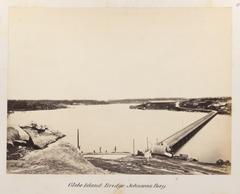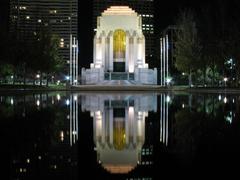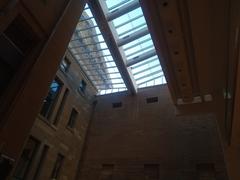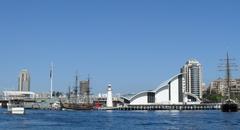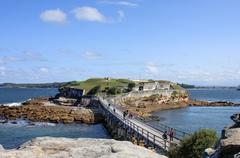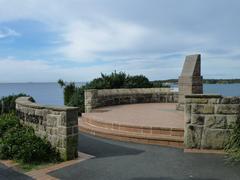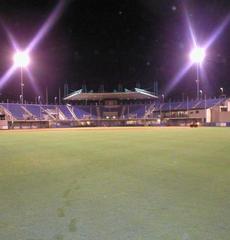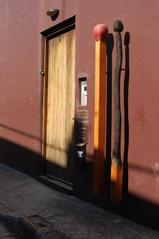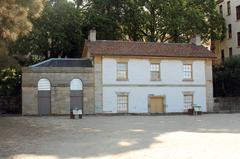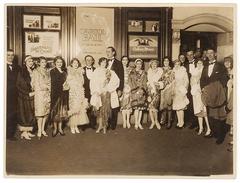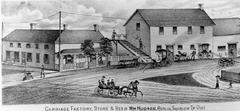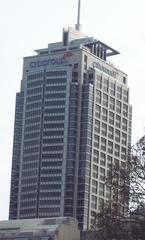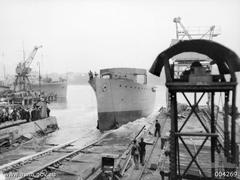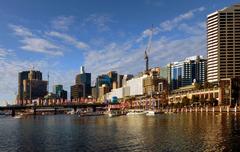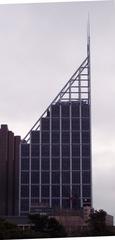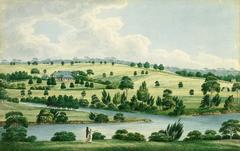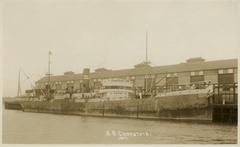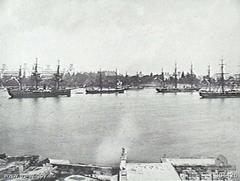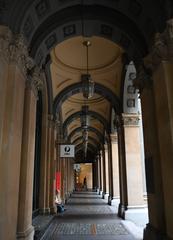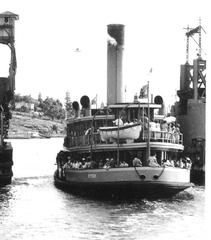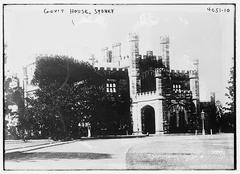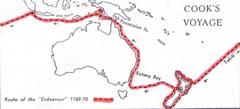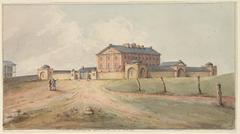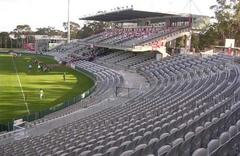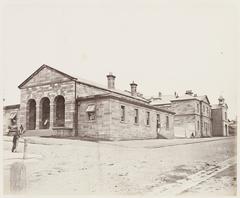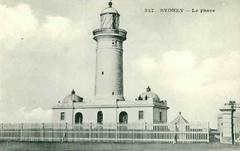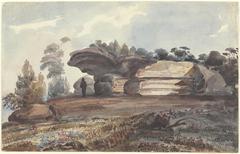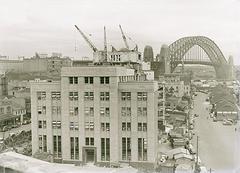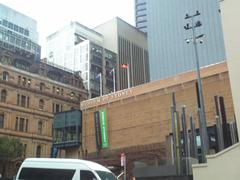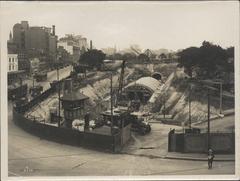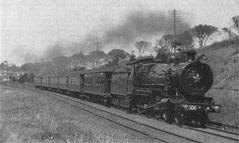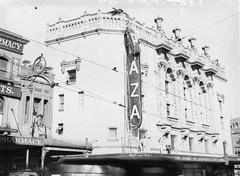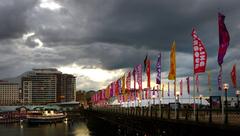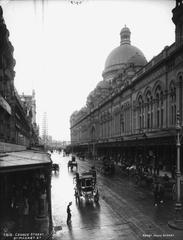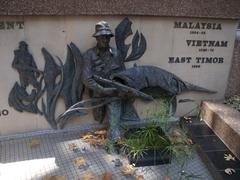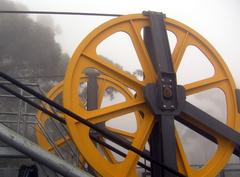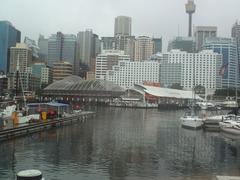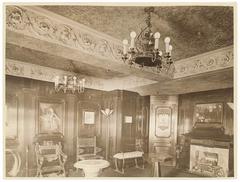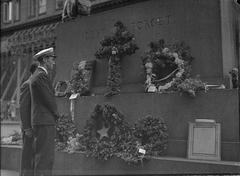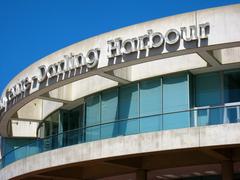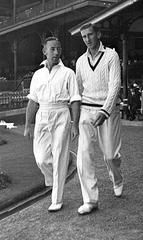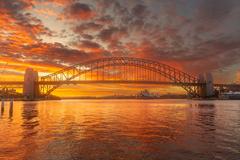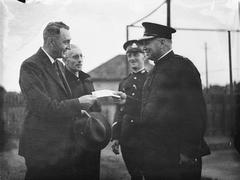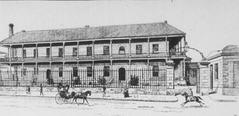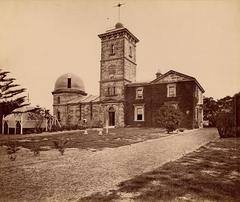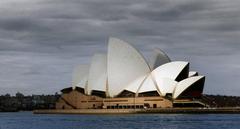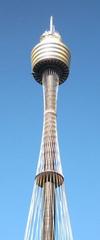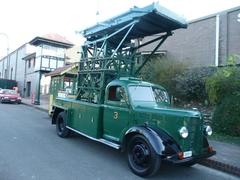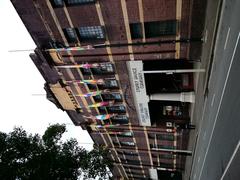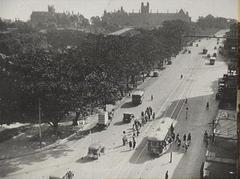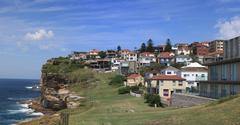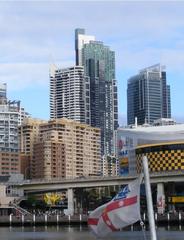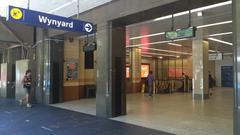
New Tivoli Theatre Sydney: Visiting Hours, Tickets, and Visitor Guide
Date: 04/07/2025
Introduction
The Tivoli Theatre Sydney holds a distinguished place in Australia’s performing arts history. Renowned for its vaudeville and variety programming, the Tivoli became a hub for both international stars and emerging Australian talent from the late 19th century through the mid-20th century. Although the original buildings have been demolished, their cultural significance endures through commemorative plaques, vibrant nearby venues, and ongoing celebrations of Sydney’s theatrical heritage. This guide provides detailed insights into the Tivoli’s legacy, practical visitor information, and tips for exploring Sydney’s historic entertainment district.
For further historical context, see resources such as the HAT Archive, OzVTA Theatres NSW, and the Dictionary of Sydney.
Table of Contents
- Introduction
- Historical Overview
- Visiting the Tivoli Theatre Sydney Today
- Visuals & Media
- Frequently Asked Questions (FAQ)
- Conclusion
Historical Overview
Early Theatrical Roots
The Tivoli’s site at 79 Castlereagh Street has a performing arts lineage dating back to the 1860s. Initially, the Scandinavian Hall (opened 1868) served as a gathering place for Sydney’s diverse population, offering burlesques, minstrelsy, and music. It evolved into Victoria Hall and later the Academy of Music, which remained a centre for variety until its demolition in 1890 to make way for the Garrick Theatre (HAT Archive; OzVTA).
Harry Rickards and the Tivoli Era
English impresario Harry Rickards leased the Garrick Theatre in 1893, transforming it into the Tivoli Theatre and introducing Sydney audiences to top international and local acts. Rickards rebuilt the venue in 1900 after a fire, creating a 1,200-seat French Renaissance-style theatre with advanced acoustics and electric lighting (HAT Archive; OzVTA).
Architectural and Cultural Significance
The reconstructed Tivoli Theatre, opened in 1900, became an architectural marvel featuring ornate pilasters, commissioned artworks, and modern amenities. It reflected Sydney’s cosmopolitan ambitions and served as a beacon for the city’s nightlife and performance culture (OzVTA).
The Tivoli Circuit and Its Impact
The Tivoli became the flagship for the national Tivoli circuit, hosting vaudeville, musical comedy, and revue acts that mirrored Sydney’s evolving tastes. Ownership changed hands several times, but the theatre maintained its premier status, launching the careers of numerous Australian artists and attracting international stars (OzVTA).
The Interwar Years and Decline
With the rise of cinema in the 1920s and economic pressures of the Great Depression, the Tivoli’s original Castlereagh Street venue transitioned into the Embassy Cinema. In 1932, the tradition continued at the New Tivoli at Haymarket, which hosted variety shows until its closure in 1966. The site was subsequently demolished, but its legacy remains through heritage markers and ongoing cultural celebrations (HAT Archive; City of Sydney Archives).
Visiting the Tivoli Theatre Sydney Today
Visiting Hours & Tickets
- Original Site: The original and New Tivoli Theatre buildings no longer exist. The site (now Central Square and Tivoli Arcade) is accessible to the public at all times, with no admission fee.
- Nearby Theatres: For live shows, check schedules and purchase tickets at the Capitol Theatre or State Theatre. Advance booking is recommended (Sydney.com).
Travel Tips & Accessibility
- Getting There: The former Tivoli site is near Central Station, easily accessible by train, light rail, and bus. The area is pedestrian-friendly with step-free access (City of Sydney Visitor Guide).
- Facilities: Accessible toilets are available at Central Station and nearby shopping centres. The area is well-lit and safe during business hours.
Guided Tours & Special Events
- Heritage Walks: While there are no official tours of the Tivoli site, heritage walking tours and self-guided routes (via the Sydney Culture Walks app) frequently include the area and nearby cultural attractions.
- Festivals: Events such as the Sydney Comedy Festival and Sydney Fringe Festival celebrate Sydney’s performing arts legacy, echoing the Tivoli’s vibrant tradition (Sydney Comedy Festival; Sydney Fringe Festival).
Nearby Attractions
- Capitol Theatre: Historic venue offering guided tours and major musicals.
- State Theatre: Renowned for its ornate interiors and eclectic programming.
- Chinatown and Haymarket: Ideal for dining and exploring Sydney’s multicultural character.
- YCK Laneways: Popular nightlife destination with boutique bars and late-night eateries.
Visuals & Media
Enhance your exploration with archival images and virtual tours available on heritage websites. Notable visuals include historical façades and interior shots of the Tivoli Theatre (Dictionary of Sydney).
Frequently Asked Questions (FAQ)
Q: Can I visit the original Tivoli Theatre?
A: The original buildings have been demolished. However, you can visit the site, view the commemorative plaque, and explore nearby historic theatres.
Q: Are there guided tours about the Tivoli Theatre?
A: Yes, heritage walking tours and museum exhibitions sometimes feature the Tivoli’s story. Check local tourism resources for current offerings.
Q: Where do I buy theatre tickets near the Tivoli site?
A: Tickets for the Capitol Theatre and State Theatre can be purchased online or at their box offices. Advance booking is advised.
Q: Is the area accessible for visitors with mobility needs?
A: Yes, the precinct is equipped with step-free access, elevators, and accessible facilities.
Q: Are there dining options near the Tivoli site?
A: The area around Haymarket and Chinatown offers a wide selection of Asian and international cuisines, as well as late-night bars in YCK Laneways.
Practical Tips for Visitors
- Best Time to Visit: Daytime is ideal for exploring heritage sites and nearby markets; evenings are best for theatre performances and nightlife.
- Dress Code: Smart casual is recommended for theatre outings.
- Weather: Sydney’s climate is generally mild; bring a light jacket in cooler months.
Cultural Significance
The legacy of the Tivoli Theatre continues to inspire Sydney’s performing arts scene. Productions like Graeme Murphy’s acclaimed “TIVOLI” and archival collections recognized by UNESCO celebrate the spirit of variety and innovation that defined the theatre’s heyday (Graeme Murphy’s TIVOLI; Theatre Heritage Australia).
Conclusion
Although the Tivoli Theatre itself no longer stands, its influence is woven into the fabric of Sydney’s entertainment district. Visitors can connect with this storied past through commemorative sites, vibrant nearby theatres, and a rich array of dining and cultural activities. To make the most of your visit, plan ahead with local guides, book theatre tickets in advance, and use the Sydney Culture Walks app for self-guided exploration.
For current event listings, heritage tours, and cultural insights, download the Audiala app and follow Sydney’s leading cultural organizations on social media. Experience the enduring legacy of the Tivoli and discover why Sydney remains a capital of live performance and artistic innovation.
Internal Links
- [Sydney Historical Theatres Guide]
- [Capitol Theatre Visitor Information]
- [Sydney Opera House Tours]
External Links
- HAT Archive: Tivoli Theatre Sydney
- OzVTA Theatres NSW
- Dictionary of Sydney: New Tivoli Theatre Entry
- Sydney.com: Arts and Culture - Musicals and Theatre
- Graeme Murphy’s TIVOLI
- Everything Explained: New Tivoli Theatre, Sydney
- City of Sydney Archives
- Sydney Expert: Sydney in July
- Theatre Heritage Australia: Theatre Programmes and Collecting History
- The Tivoli Brisbane: Visitor Information and Accessibility
- Sydney Comedy Festival
- Sydney Fringe Festival
- Time Out Sydney Travel Tips





